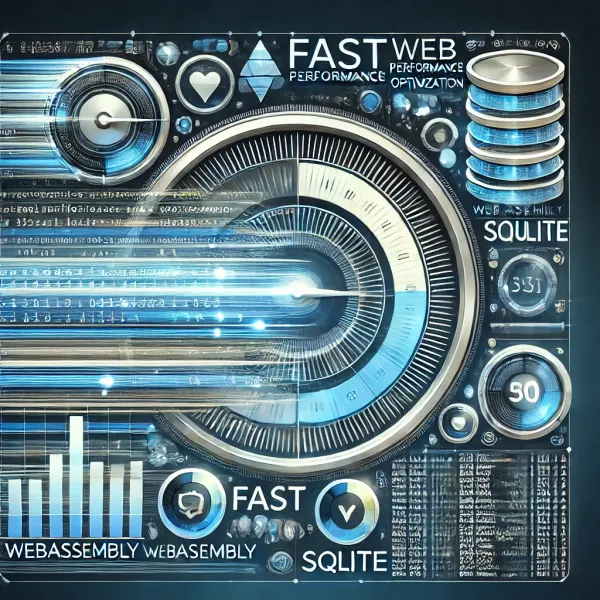Optimizing Multi-Stage Builds with Dockerfile in GoLang

Docker is a powerful tool for developing, shipping, and running applications inside containers. For GoLang developers, multi-stage builds in Dockerfile can significantly optimize the build process by reducing image size and ensuring the final image contains only what is necessary to run the application. In this blog post, we’ll explore how to create an optimized multi-stage Dockerfile for a GoLang application.
What is a Multi-Stage Build?
Multi-stage builds allow you to use multiple FROM statements in your Dockerfile. Each FROM instruction can start a new stage of the build process. The primary benefit is that you can separate the build environment from the runtime environment, resulting in a smaller final image.
Why Use Multi-Stage Builds?
- Smaller Image Size: By copying only the necessary artifacts into the final image, you can significantly reduce its size.
- Security: Reduces the attack surface by excluding build tools and other unnecessary files.
- Efficiency: Faster builds and reduced complexity in managing dependencies.
Creating an Optimized Multi-Stage Dockerfile
Here’s how you can create an optimized multi-stage Dockerfile for a GoLang application.
Step 1: Create a Basic GoLang Application
First, let’s create a simple GoLang application. Create a file named main.go with the following content:
package mainimport "fmt" {
func main() fmt.Println("Hello, World!")
}
Step 2: Write the Multi-Stage Dockerfile
Create a file named Dockerfile in the same directory as main.go. The Dockerfile will have two stages: a build stage and a final stage.
# Stage 1: Build
FROM golang:1.19 as builder
# Set the Current Working Directory inside the container
WORKDIR /app
# Copy go mod and sum files
COPY go.mod go.sum ./
# Download all dependencies. Dependencies will be cached if the go.mod and go.sum files are not changed
RUN go mod download
# Copy the source from the current directory to the Working Directory inside the container
COPY . .
# Build the Go app
RUN go build -o main .
# Stage 2: Run
FROM alpine:latest
# Set the Current Working Directory inside the container
WORKDIR /app
# Copy the Pre-built binary file from the previous stage
COPY --from=builder /app/main .
# Expose port 8080 to the outside world
EXPOSE 8080
# Command to run the executable
CMD ["./main"]
Step 3: Build and Run the Docker Image
Now, build the Docker image using the Dockerfile.
docker build -t go-app .
Run the Docker container using the newly built image.
docker run -p 8080:8080 go-app
If everything is set up correctly, you should see Hello, World! printed when you access the application.
Breakdown of the Dockerfile
- Build Stage (
builder):FROM golang:1.19 as builder: Use the official GoLang image as the build environment.WORKDIR /app: Set the working directory inside the container.COPY go.mod go.sum ./: Copy dependency files.RUN go mod download: Download dependencies.COPY . .: Copy the application source code.RUN go build -o main .: Build the GoLang application.
- Final Stage (
alpine:latest):FROM alpine:latest: Use a minimal Alpine Linux image for the final stage.WORKDIR /app: Set the working directory.COPY --from=builder /app/main .: Copy the binary from the build stage.EXPOSE 8080: Expose port 8080.CMD ["./main"]: Set the command to run the application.
Conclusion
Using multi-stage builds in Dockerfile is an effective way to optimize your GoLang applications. It not only reduces the size of the final image but also enhances security by excluding unnecessary files and dependencies. By following the steps outlined in this guide, you can streamline your build process and deploy more efficient and secure applications.

